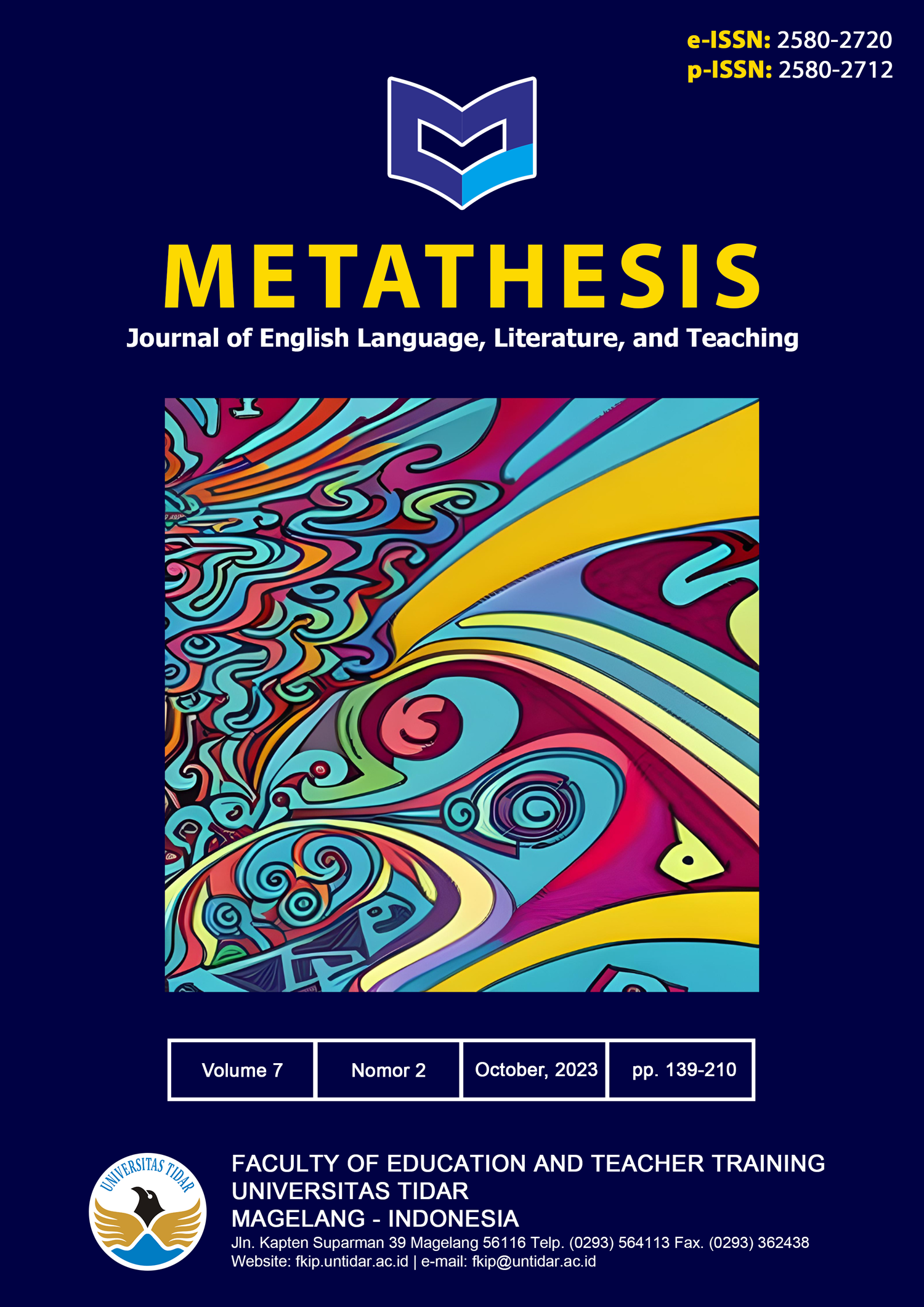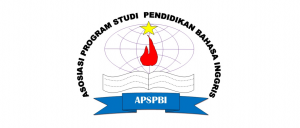Digital Translation Literacy of Undergraduate EFL Students
DOI:
https://doi.org/10.31002/metathesis.v7i2.561Keywords:
Literacy, translation, Google translate, EFL students, digital literacyAbstract
Abstract
Literacy is the representation of language competency, individual skill in reading, writing, speaking, and managing. In digital era, literacy can be represented through the use of Google translation tool as one of the most popular tools among EFL students, either for their translation assignment or improve foreign language skills. This study aimed to explore undergraduate EFL student’s digital literacy by using Google translate as a tool to do translation. Qualitative descriptive method is used to present the data comprehensively. The data collection begin from problem identification, field observation, interview, and study the document related to their assignment. This research used purposive sampling which involved 31 EFL undergraduate students of Muhammadiyah Tangerang University. This research shows that EFL undergraduate students are able to operate and use Google translate effectively in assisting assignment. Google translate tool can eliminate the learning’s gap among different level of student’s English competency especially in vocabulary mastery and time management, the research also shows student’s digital literacy through Google translate not only for written translation, but also orally and can be used in diversity functions, such as translating the language in sentence form and learning how to pronounce English words.
Keywords: Literacy, translation, Google translate, EFL students, digital literacy
Downloads
Published
How to Cite
Issue
Section
License
Copyright (c) 2024 Metathesis: Journal of English Language, Literature, and Teaching

This work is licensed under a Creative Commons Attribution-ShareAlike 4.0 International License.
The copyright of the received article shall be assigned to the journal as the publisher of the journal. The intended copyright includes the right to publish the article in various forms (including reprints). The journal maintains the publishing rights to the published articles. Therefore, the author must submit a statement of the Copyright Transfer Agreement.

This work is licensed under a Creative Commons Attribution-ShareAlike 4.0 International License.
In line with the license, authors are allowed to share and adapt the material. In addition, the material must be given appropriate credit, provided with a link to the license, and indicated if changes were made. If authors remix, transform or build upon the material, authors must distribute their contributions under the same license as the original.



